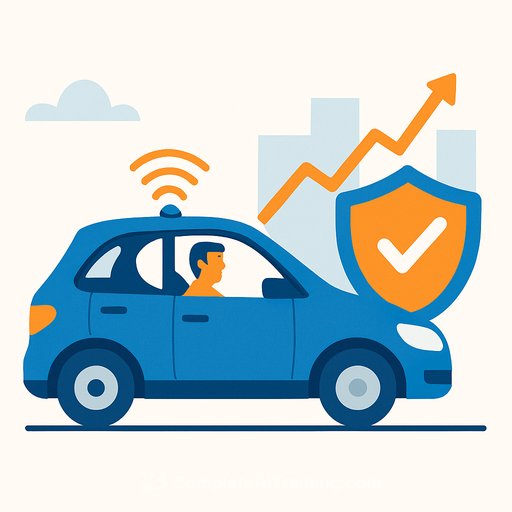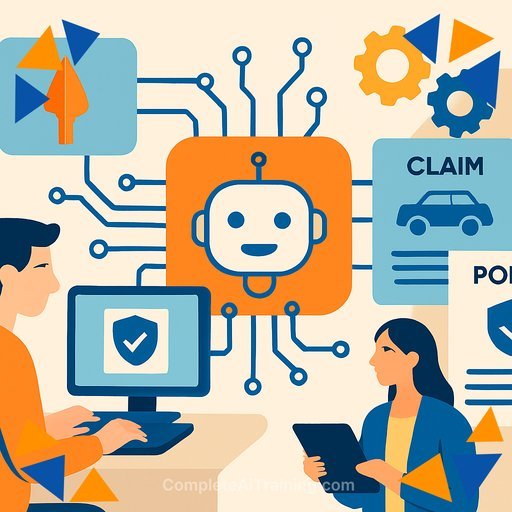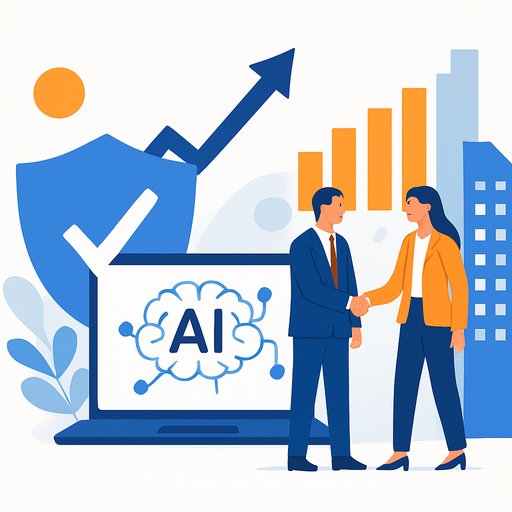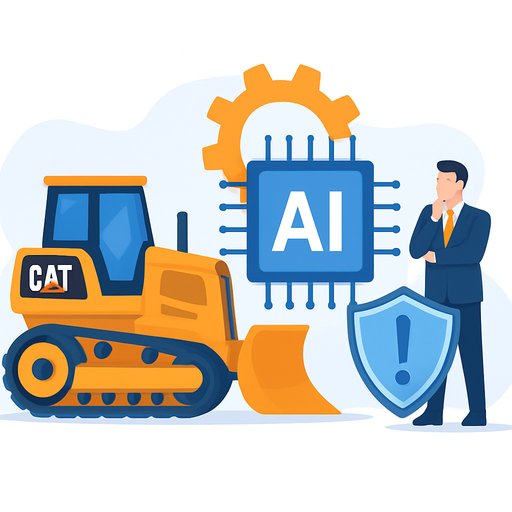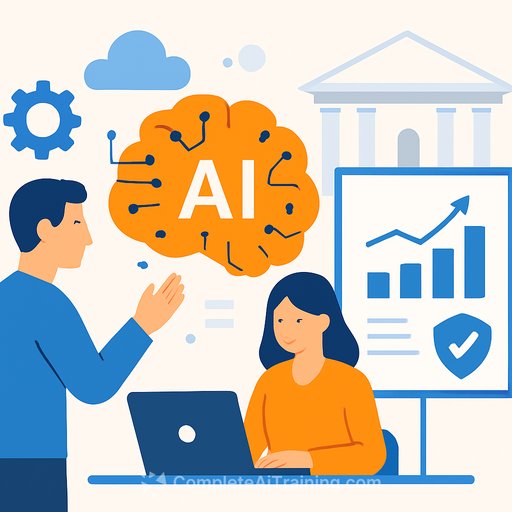How Autonomous Vehicles Could Enhance Insurers’ Profitability
The introduction of autonomous vehicles (AVs) presents a significant shift for the auto insurance industry. While many investors worry about liability issues as driverless cars become more common, analysts at Bank of America see a new opportunity for insurers to improve profitability.
Currently, under US law, the driver is held responsible for accidents. However, with no human driver behind the wheel in autonomous vehicles, liability is expected to transition from personal auto insurers to commercial carriers. This shift could alleviate one of the main hurdles that have historically limited insurer profits.
Liability Shifts Could Benefit Personal Auto Insurers
Auto insurers often experience losses on liability coverage. If risks move away from personal lines to commercial insurers—covering manufacturers and software developers—personal auto insurers might see their financial pressure ease. Instead of carrying the brunt of liability losses and dedicating capital to support them, these insurers would primarily focus on processing claims and recovering costs from the newly responsible commercial parties.
Bank of America analysts highlight that personal auto insurers could welcome the chance to reduce their exposure to the unpredictable US tort system by offloading these risks.
Accident Trends and Autonomous Vehicle Impact
Some critics argue that autonomous vehicles will reduce the number of accidents caused by human error, which could lower insurance premiums and compress insurers’ profit margins. However, data reviewed by Bank of America suggests this might not be the full picture.
While technological advances have consistently reduced accident frequency over the past century, the severity of accidents has increased in recent decades. This rise in accident costs may counterbalance the benefits from fewer incidents, keeping pressure on insurers’ profitability.
Industry Outlook Amid Growing Adoption of Driverless Technology
The discussion around AVs and insurance has intensified, especially after some high-profile fatal accidents involving autonomous systems. Meanwhile, companies like Tesla and Alphabet’s Waymo are expanding their autonomous taxi services.
Goldman Sachs recently estimated that the $400 billion US auto insurance market could undergo significant changes as self-driving cars reduce human-error accidents and lower claims costs.
- Liability may increasingly rest with manufacturers and software providers, shifting risk profiles.
- Personal auto insurers may focus on claims management and subrogation rather than risk bearing.
- Severity of accidents remains a key factor influencing insurer margins despite reduced frequency.
For insurance professionals, staying informed about these developments is crucial. Understanding how liability shifts and accident trends impact underwriting and claims will help insurers adapt strategies effectively.
Learn more about the future of AI and automation in industries like insurance at Complete AI Training.
Your membership also unlocks:

